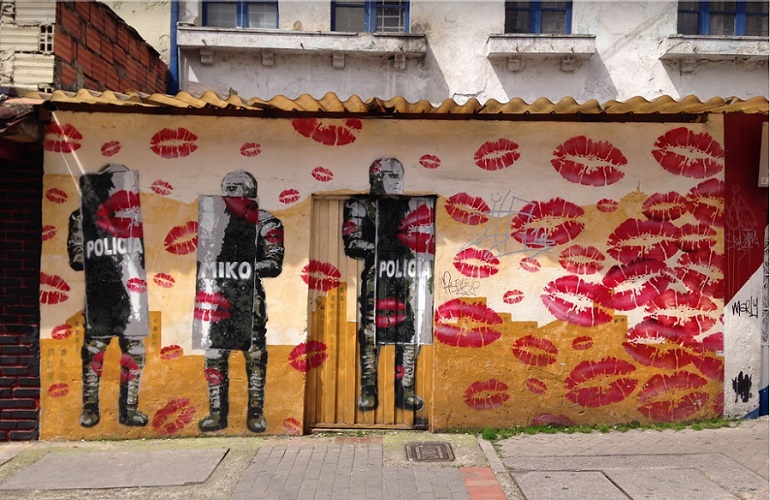
Were you one of the many street art enthusiasts incensed by the decision to whitewash legendary graffiti art mecca 5Pointz? Well, it can’t be brought back, but thanks to Google, the work can still be seen.
Google’s Street Art Project, which was unveiled today, indexes street art across the world, including several murals that no longer exist, like 5Pointz and the Tour Paris 13 tower in France. The database was created by Google’s Paris-based Cultural Institute, and some of the imagery was acquired using Street View technology.
As stated by the New York Times, “Google is the latest organization to wade into debates about how or whether to institutionalize, let alone commercialize, art that is ephemeral and often willfully created subversively.”
Art from 5Pointz by Kid Lew, as included in Google’s Street Art Project.
On one hand, to have a database of this kind of artwork elevates it and demands that it be taken seriously. However, the company may also raise eyebrows, especially in Europe, where there is sensitivity about surveillance tactics using Street View.
Furthermore, it presents questions about the legality of preserving work that in some cases may also be considered vandalism. Google has promised that instead of culling through Street View images to find art, it will instead provide the technology to organizations that want to use it, and has stated that they will remove images at artists request. The company has also made it clear that the database will not include anything from groups seeking to profit from the art or images of it.
Cute eye boration, unknown, Filipino Street Art Project, as included in Google’s Street Art Project.
Google Cultural Institute states that they have previously assisted over 460 museums and institutions catalog their collections online for an initiative called Art Project. The organization maintains that Street Art Project will be no different, and will serve a similar educational and archival purpose.
So far, 30 institutions have supplied images to the street art database, which is searchable by artist, city, genre, and includes a designated section on New York walls of the 1990s. It also provides users with detailed information and history about the artists and locations, much of which would be difficult or impossible to find elsewhere.
Artist Shepard Fairey has spoken in support of the project, telling the New York Times, “I’ve always used my street art to democratize art, so it would be philosophically inconsistent for me to protest art democratization through Google.”